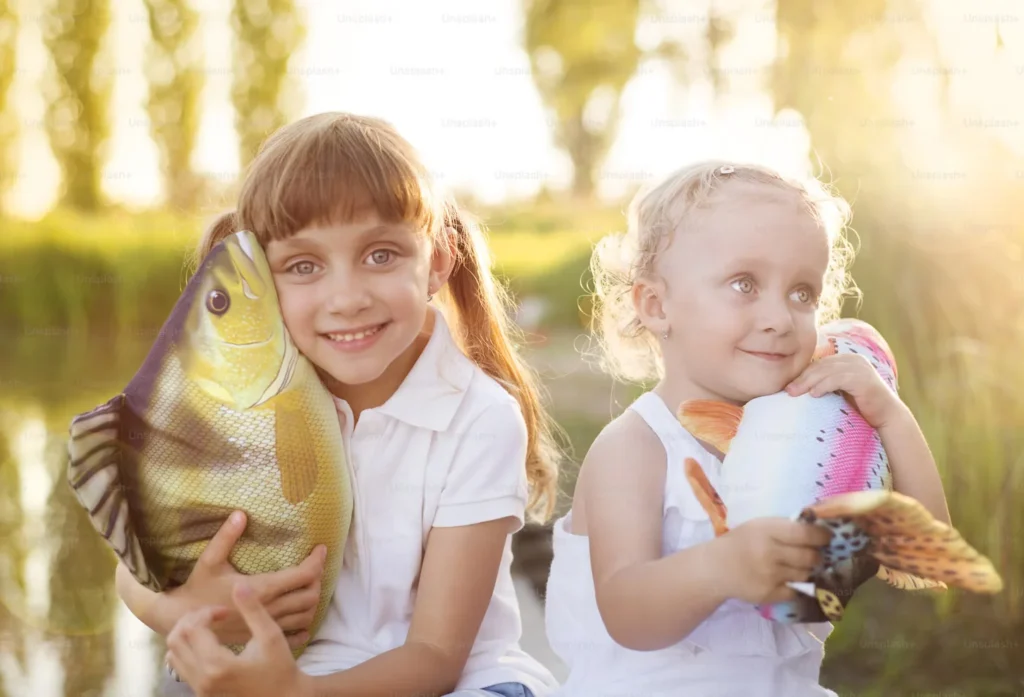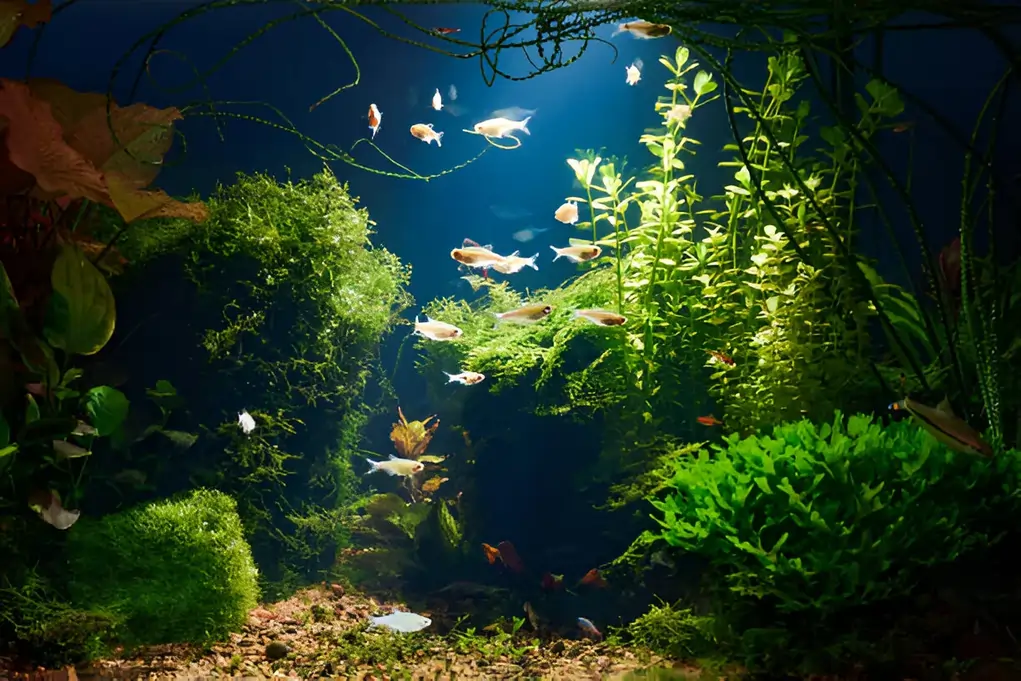so, Artificial intelligence (AI) is no longer a futuristic concept reserved for sci-fi films or academic journals—it’s already deeply embedded in our everyday lives. One of the most transformative areas where AI is making a significant impact is in content creation. From generating articles to producing music, from designing visuals to scripting videos, AI is not just a tool but a collaborator in the creative process. This emerging synergy, often referred to as “creative intelligence,” signals a new era for how we produce, distribute, and consume content.
The Rise of AI for Content Creation
The traditional creative process—relying on human inspiration, effort, and time—is being reimagined with the help of powerful AI models. Tools like GPT-4 for writing, DALL·E for image generation, and Sora for video synthesis are enabling creators to generate high-quality content at an unprecedented scale and speed.
AI for content creation now spans a wide spectrum of media. Writers use AI to draft articles, edit copy, or brainstorm ideas. Designers use it to create visuals, layouts, or even animations. Marketers leverage AI to personalize content, optimize SEO, and predict audience preferences. Musicians and filmmakers are using AI to experiment with soundscapes, scripts, and scene generation.
The power of AI lies not just in automation but in augmentation. It doesn’t replace human creativity—it enhances it. Creators can iterate faster, explore more possibilities, and focus on high-level conceptual work while AI handles repetitive or technical tasks.
AI in Entertainment: Changing the Game
One of the most compelling applications of AI is in the entertainment industry. From gaming and film to music and social media, AI is transforming how stories are told and experiences are crafted.
In cinema, AI is being used for scriptwriting, special effects, and even casting. Studios experiment with AI-generated storylines or character dialogues that human writers can fine-tune. Deepfake technology and digital doubles allow for more flexible and cost-effective production, albeit raising ethical concerns.
In music, AI tools like Amper Music and AIVA can compose original scores based on mood, genre, or structure preferences. These tools empower independent creators, game developers, and advertisers to access quality music without hiring a full production team.
Gaming companies utilize AI not only for procedural content generation—like creating landscapes or characters—but also for adaptive storytelling. AI-driven narratives adjust based on player choices, making games more immersive and personalized.
Social media platforms rely heavily on AI to recommend content, filter trends, and even generate short-form videos. Influencers and brands are using AI to script posts, create images, and analyze engagement data to fine-tune their messaging.
The Human-AI Collaboration
The relationship between AI and creators is best viewed as a collaboration. While AI excels at pattern recognition, data analysis, and rapid generation, humans bring emotional depth, intuition, and cultural context. The most effective content is born when these strengths are combined.
For instance, a human journalist might use AI to summarize complex reports, generate headlines, or suggest story angles—but still rely on their editorial judgment and ethical compass. A filmmaker could use AI to storyboard a scene or generate visual effects but rely on their own vision to direct actors and shape the narrative arc.
This collaborative model also democratizes creativity. Individuals with limited technical skills or resources can now access powerful creative tools. A solo entrepreneur can produce professional-looking marketing materials. A student can create engaging video content without a film crew. In this way, AI for content creation lowers barriers and opens up new possibilities.
Challenges and Ethical Considerations
Despite its many advantages, the rise of AI in content creation is not without challenges. One major concern is originality and ownership. Who owns a piece of content generated by AI? The user? The developer of the AI? These questions are being debated in courts and policy circles around the world.
There’s also the issue of authenticity. With AI capable of producing hyper-realistic images, videos, and voice clones, the potential for misinformation and manipulation is growing. Deepfake technology, for example, can be used both for entertainment and for malicious deception.
Bias is another concern. AI systems trained on biased data can inadvertently reinforce stereotypes or marginalize certain groups. As such, developers and creators must be vigilant about data sources and implement checks for fairness and representation.
Looking Ahead
The future of content creation lies in harnessing creative intelligence—the blend of human ingenuity and machine capability. As AI models become more advanced and user-friendly, the boundary between creator and consumer will continue to blur. Audiences will not only consume content but also co-create it, aided by AI tools that respond to their inputs and preferences.
In education, students will write essays with the help of AI tutors. In journalism, real-time reporting will be assisted by AI-driven fact-checkers. AlIn advertising, dynamic campaigns will be tailored to individual viewers in real time.
Rather than fearing obsolescence, content creators should embrace this shift as an opportunity. By understanding how to collaborate with AI, they can unlock new forms of storytelling, reach broader audiences, and reimagine what it means to be creative in the digital age.
Conclusion
AI is not the end of creativity—it’s a new beginning. With the rise of AI for content creation and its growing presence in entertainment, we are witnessing the birth of a hybrid creative model that values both machine efficiency and human expression. The future of content isn’t about choosing between AI and humans—it’s about discovering what they can create together.

